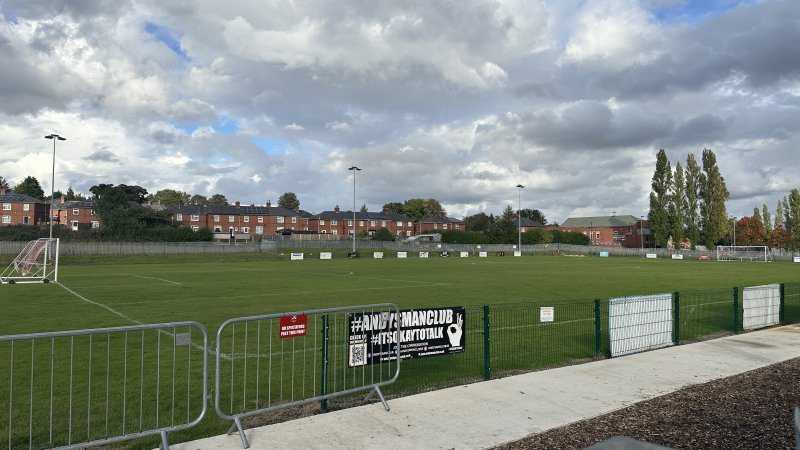A MONUMENT - celebrating the achievements of a medical pioneer who introduced smallpox inoculation to Britain - has been upgraded to Grade II* by the government on the advice of Historic England.
Erected in the National Trust-run Wentworth Castle Gardens, Stainborough, in the 1700s, the ‘Obelisk to Lady Mary Wortley Montagu’ - commonly known as the Sun Monument - was originally listed at Grade II in 1968.
The upgrade to Grade II* has elevated the monument to among the top ten per cent of England’s most important historic sites and reflects the significance of Lady Mary’s contribution to tackling one of the deadliest diseases in history.
Its re-grading was approved by the Department for Culture, Media and Sport following a campaign led by Historic England.
Smallpox had first appeared in Europe in the early medieval period and over time became more deadly, causing an estimated 60 million deaths between 1700 and 1800.
Whilst living in Turkey, Lady Mary - who was born in 1689 - observed the local method of inoculating against smallpox, which involved scratching the skin and introducing a small amount of the virus taken from the pus of someone with a mild form of the disease.
This, in turn, then provoked a mild form of smallpox, leaving lasting immunity and the medical breakthrough - which she promoted widely, often being met with denunciation - was the first time in western medicine that antibodies were created to secure immunity from disease.
The disease had killed several of Lady Mary’s own relatives, including her brother, and she herself had nearly died of it.
After looking into the practice with Charles Maitland, surgeon to the British embassy in Constantinople, she organised for the procedure to be carried out on her five-year-old son by a skilled local woman.
Although she was not the first European to have a child inoculated while living in Turkey, she was the first to bring the practice home.
Sarah Charlesworth, from Historic England, said: “Lady Mary is one of the overlooked heroines in the history of medicine.
“By introducing inoculation to Britain and championing the practice, she helped to save many lives.
“This was three-quarters of a century before Edward Jenner first tested his smallpox vaccine.”
Lord and Lady Strafford, of Wentworth Castle, were neighbours of Lady Mary in Twickenham, near London, and were ‘early adopters’ and had all their four children treated.
The youngest was William, who inherited the Wentworth Castle estate as the Second Earl of Strafford in 1739, and commissioned the Sun Monument in her honour.
Torri Crapper, general manager for the National Trust at Wentworth Castle Gardens, added: “We’re delighted that the Sun Monument has received this recognition.
“Sitting within South Yorkshire’s only Grade I-listed parkland, it’s such a prominent feature in the landscape.
“Wentworth Castle Gardens is home to no fewer than 26 listed buildings and monuments, each of them with a different tale to tell.
“Lady Mary’s story is such an important part of history that deserves to be told, and that we are proud to share it with our visitors.”
A blue plaque - fitted onto buildings to celebrate the accomplishments of acclaimed individuals who achieved significant feats in their lifetime - was also erected at Wentworth Castle Gardens in her memory earlier this year.
Dr Lynda Partridge, chair of the Royal Society of Biology’s Yorkshire branch, labelled Lady Mary as being ahead of her time.
“The association of Lady Mary with Wentworth Castle Gardens relates to the Sun Monument, which has commemorated her achievements here since about 1762.
“Lady Mary pioneered the prevention of severe illness and death due to smallpox in Britain by introducing the practice of inoculation, some 70 years before Edward Jenner began vaccination against this disease.”






























